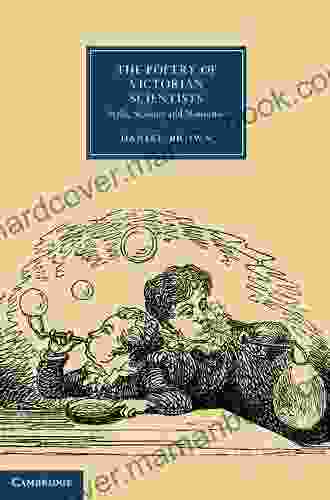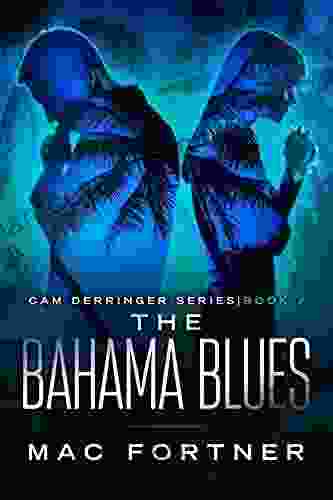Style, Science, and Nonsense: Cambridge Studies in Nineteenth Century Literature

The nineteenth century was a time of great change and upheaval, both in the world at large and in the realm of literature. The Industrial Revolution, the rise of science, and the increasing urbanization of society all had a profound impact on the way people thought and wrote. In literature, these changes were reflected in a new emphasis on realism, naturalism, and social criticism. However, there was also a countervailing movement toward fantasy, nonsense, and the grotesque.
5 out of 5
| Language | : | English |
| File size | : | 3443 KB |
| Text-to-Speech | : | Enabled |
| Enhanced typesetting | : | Enabled |
| Word Wise | : | Enabled |
| Print length | : | 322 pages |
| Screen Reader | : | Supported |
This dualism is evident in the work of some of the most famous writers of the nineteenth century, such as Lewis Carroll, Oscar Wilde, and Charles Dickens. Carroll's Alice's Adventures in Wonderland and Through the Looking-Glass are full of nonsense and whimsy, but they also contain a sharp critique of Victorian society. Wilde's The Picture of Dorian Gray is a Gothic tale of horror and suspense, but it also explores the themes of beauty, morality, and the nature of art. Dickens's Great Expectations is a realistic novel about the life of a young orphan, but it also contains elements of fantasy and the supernatural.
The essays in this volume explore the complex relationship between style, science, and nonsense in nineteenth-century literature. They examine how these writers used language, form, and genre to create works that were both entertaining and thought-provoking.
Chapter 1: Nonsense and the Victorian Imagination
The first chapter of this volume explores the role of nonsense in Victorian literature. Nonsense is often seen as a form of escapism, but it can also be a powerful tool for social and political critique. In the hands of writers such as Lewis Carroll, Edward Lear, and W. S. Gilbert, nonsense became a way to challenge the conventions of Victorian society and to explore the darker side of human nature.
This chapter examines the different forms of nonsense that were popular in the Victorian era, from the lighthearted rhymes of Edward Lear to the more subversive nonsense of Lewis Carroll. It also explores the connections between nonsense and other literary genres, such as satire, fantasy, and the grotesque.
Chapter 2: Science and the Novel
The second chapter of this volume examines the relationship between science and the novel in the nineteenth century. The rise of science had a profound impact on the way writers thought about the world and their place in it. In the novel, science provided a new way to explore the human condition and to understand the social and political problems of the day.
This chapter examines the work of three novelists who were deeply influenced by science: Charles Dickens, George Eliot, and Thomas Hardy. Dickens's novels are full of scientific references and metaphors, and he often used science to explore social issues such as poverty and crime. Eliot's novels explore the psychological and moral implications of scientific discoveries, and Hardy's novels are often set in a world that is dominated by the forces of nature.
Chapter 3: Style and Social Criticism
The third chapter of this volume examines the relationship between style and social criticism in nineteenth-century literature. Style is not simply a matter of aesthetics; it can also be a powerful tool for political and social commentary. In the hands of writers such as Oscar Wilde, George Bernard Shaw, and H. G. Wells, style became a way to challenge the status quo and to expose the injustices of society.
This chapter examines the different ways that writers used style to criticize society. Wilde's epigrams and paradoxes were a way to satirize the hypocrisy and shallowness of Victorian society. Shaw's plays used humor and wit to expose the social problems of his day. Wells's science fiction novels explored the potential dangers of scientific progress and the need for social reform.
The essays in this volume provide a comprehensive overview of the complex relationship between style, science, and nonsense in nineteenth-century literature. They demonstrate how these writers used language, form, and genre to create works that were both entertaining and thought-provoking. These works continue to be relevant today, as they offer us insights into the human condition and the challenges of modern society.
5 out of 5
| Language | : | English |
| File size | : | 3443 KB |
| Text-to-Speech | : | Enabled |
| Enhanced typesetting | : | Enabled |
| Word Wise | : | Enabled |
| Print length | : | 322 pages |
| Screen Reader | : | Supported |
Do you want to contribute by writing guest posts on this blog?
Please contact us and send us a resume of previous articles that you have written.
 Top Book
Top Book Novel
Novel Fiction
Fiction Nonfiction
Nonfiction Literature
Literature Paperback
Paperback Hardcover
Hardcover E-book
E-book Audiobook
Audiobook Bestseller
Bestseller Classic
Classic Mystery
Mystery Thriller
Thriller Romance
Romance Fantasy
Fantasy Science Fiction
Science Fiction Biography
Biography Memoir
Memoir Autobiography
Autobiography Poetry
Poetry Drama
Drama Historical Fiction
Historical Fiction Self-help
Self-help Young Adult
Young Adult Childrens Books
Childrens Books Graphic Novel
Graphic Novel Anthology
Anthology Series
Series Encyclopedia
Encyclopedia Reference
Reference Guidebook
Guidebook Textbook
Textbook Workbook
Workbook Journal
Journal Diary
Diary Manuscript
Manuscript Folio
Folio Pulp Fiction
Pulp Fiction Short Stories
Short Stories Fairy Tales
Fairy Tales Fables
Fables Mythology
Mythology Philosophy
Philosophy Religion
Religion Spirituality
Spirituality Essays
Essays Critique
Critique Commentary
Commentary Glossary
Glossary Bibliography
Bibliography Index
Index Table of Contents
Table of Contents Preface
Preface Introduction
Introduction Foreword
Foreword Afterword
Afterword Appendices
Appendices Annotations
Annotations Footnotes
Footnotes Epilogue
Epilogue Prologue
Prologue Revised Edition Kindle Edition
Revised Edition Kindle Edition Kathy Trusty
Kathy Trusty Jennifer Gilbert
Jennifer Gilbert Ralph Manheim
Ralph Manheim J M Jennings
J M Jennings Kamalia Hasni
Kamalia Hasni Caleb J Ross
Caleb J Ross Patrick Barnes
Patrick Barnes Rae Pica
Rae Pica Benjamin Corman
Benjamin Corman Harold Pinter
Harold Pinter Elaine Landau
Elaine Landau Sandra Harris
Sandra Harris Daniel Hess
Daniel Hess Vita Ayala
Vita Ayala Kindle Edition
Kindle Edition Elizabeth Heiskell
Elizabeth Heiskell Jarett Powers
Jarett Powers Paula Polk Lillard
Paula Polk Lillard Ethan Kind
Ethan Kind
Light bulbAdvertise smarter! Our strategic ad space ensures maximum exposure. Reserve your spot today!

 Aleksandr PushkinQuick and Easy Crochet Flower Headband: A Step-by-Step Guide with Images and...
Aleksandr PushkinQuick and Easy Crochet Flower Headband: A Step-by-Step Guide with Images and...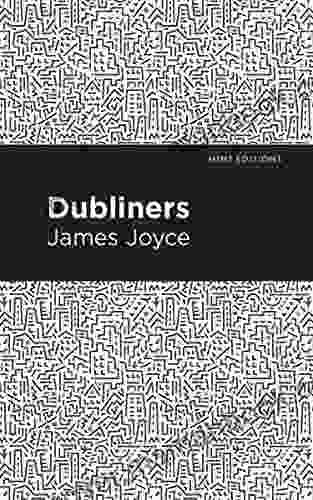
 Leo TolstoyDubliners Mint Editions: Short Story Collections and Anthologies That Capture...
Leo TolstoyDubliners Mint Editions: Short Story Collections and Anthologies That Capture... Elias MitchellFollow ·8.9k
Elias MitchellFollow ·8.9k Isaias BlairFollow ·18.2k
Isaias BlairFollow ·18.2k Hank MitchellFollow ·3.9k
Hank MitchellFollow ·3.9k Ron BlairFollow ·14.8k
Ron BlairFollow ·14.8k David Foster WallaceFollow ·5.5k
David Foster WallaceFollow ·5.5k Cortez ReedFollow ·11.4k
Cortez ReedFollow ·11.4k Gabriel HayesFollow ·3.5k
Gabriel HayesFollow ·3.5k Casey BellFollow ·13.8k
Casey BellFollow ·13.8k

 Eugene Powell
Eugene PowellComplete Guide to Using Yoga With Kids: Benefits, Tips,...
Yoga is an ancient practice that has been...

 Benji Powell
Benji PowellHow to Make $000 Per Week on Craigslist
Are you looking for a way to make extra money...

 Gabriel Garcia Marquez
Gabriel Garcia MarquezGrocery Row Gardening: The Exciting New Permaculture...
Kick-start your gardening journey with the...
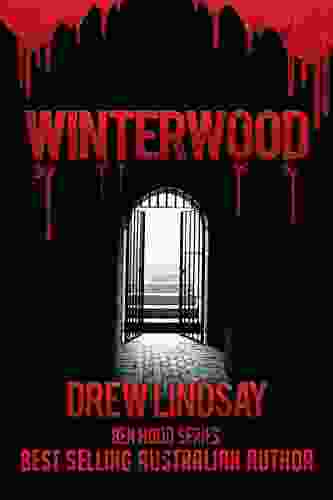
 Hayden Mitchell
Hayden MitchellUnveiling the Gripping World of Winterwood: Ben Hood...
In the annals of crime thrillers, the...
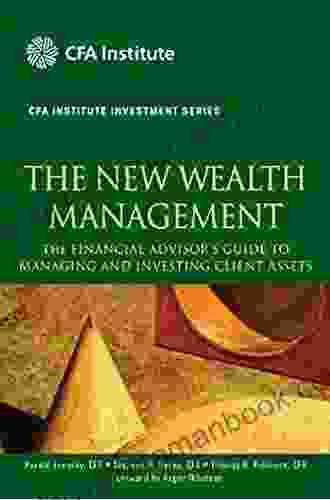
 E.M. Forster
E.M. ForsterThe Financial Advisor Guide To Managing and Investing...
As a financial...
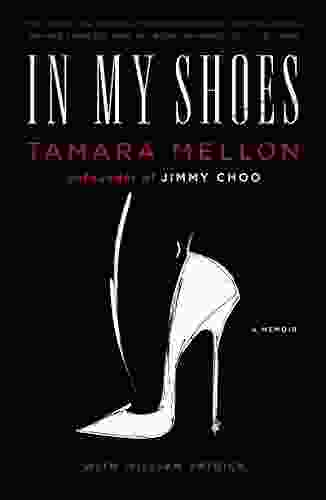
 Lee Simmons
Lee SimmonsIn My Shoes Memoir: A Poignant Journey of Resilience,...
In the tapestry of life, adversity often...
5 out of 5
| Language | : | English |
| File size | : | 3443 KB |
| Text-to-Speech | : | Enabled |
| Enhanced typesetting | : | Enabled |
| Word Wise | : | Enabled |
| Print length | : | 322 pages |
| Screen Reader | : | Supported |


